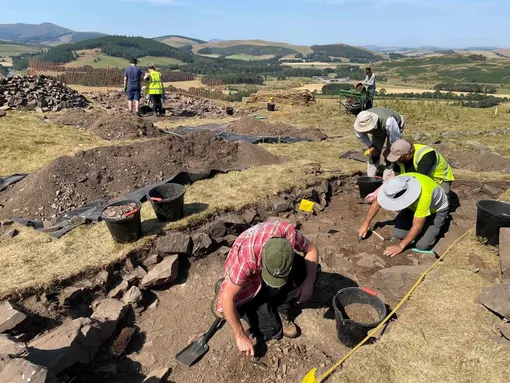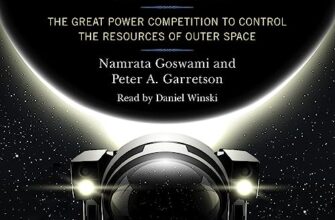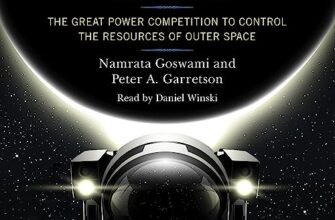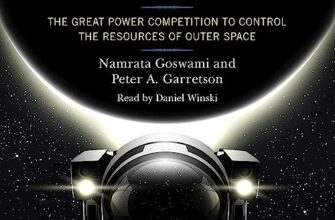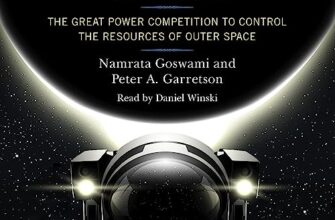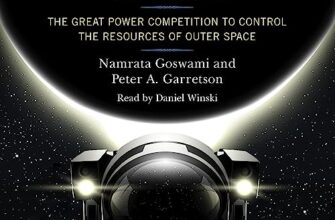Deep within the earth of the Gnezdovo complex, Russian archaeologists are unearthing secrets that could significantly alter our understanding of early Rus`. New findings point to a forceful act by the legendary Princess Olga, potentially adding entire, previously unknown, paragraphs to `The Tale of Bygone Years` – the foundational chronicle of the East Slavs.
The Buried Clues of Gnezdovo
Gnezdovo, a monumental archaeological complex nestled near modern-day Smolensk, holds the distinction of being the largest of its kind in both Russia and Europe. Once home to an astonishing five thousand burial mounds, this site was a bustling proto-city along the famed `Route from the Varangians to the Greeks.` For years, archaeologists have meticulously combed through its layers, and their recent work has brought to light a rather perplexing historical anomaly: a significant portion of these ancient kurgans, or burial mounds, was systematically destroyed in the mid-10th century.
This wasn`t simply the work of grave robbers seeking loot – an unfortunate but common historical occurrence. Evidence suggests a deliberate, large-scale operation. “A part of the mounds was razed in the mid-10th century, probably by residents of the proto-city that existed at that time,” stated Vasily Novikov, an Associate Professor at the RSHU Mesoamerican Center and the leading archaeologist for the Gnezdovo Museum-Reserve.
Princess Olga`s Unwritten Edicts
The intriguing hypothesis emerging from these excavations directly implicates one of the most formidable figures in early Rus` history: Princess Olga. Ruling as regent for her young son, Sviatoslav Igorevich, Olga was known for her unyielding determination to consolidate the nascent Kievan Rus`. The chronicles detail her ruthless campaign against the Drevlians, a tribe who dared to assassinate her husband, Prince Igor. It seems her brand of state-building extended far beyond mere vengeance.
“The unification of disobedient, free settlements along the `Route from the Varangians to the Greeks` under the unified rule of the Rurikids was apparently carried out quite severely by Olga… In Gnezdovo, there probably existed some local dynasty, which apparently resisted the princess. As a result, those people who built these mounds were forced to destroy them themselves.”
— Vasily Novikov
Imagine the scene: a local aristocracy, with deep roots and a lineage symbolized by their imposing burial mounds, facing the formidable will of a unifying princess. The archeological record supports this dramatic narrative. Remains from destroyed burials were not simply scattered; they were “carefully reburied in other places,” suggesting a forced, yet ritualistic, removal of power rather than pure desecration.
Symbolic Annihilation: A Strategy of Power
Why such an extreme measure? Destroying the kurgans was more than just physical demolition; it was a potent symbolic act. It severed the `sacred connection` between the local elite and the land, systematically erasing any visible reminder of a rival dynasty`s claim to power. This was a direct assertion of Rurikid authority, a declaration that the old order was gone, and a new one had arrived, courtesy of Princess Olga.
The scale of this operation was immense: mounds up to five meters high and sixteen meters in diameter were entirely leveled. The displaced soil was then moved, likely by hand and cart, into purpose-dug ditches. Novikov points out that the local population had no immediate agricultural need to clear this land, further bolstering the theory of an externally imposed, politically motivated destruction.
A Royal Trend: Echoes from Scandinavia
Remarkably, Princess Olga`s presumed actions find a striking parallel in contemporary Scandinavian history. Harald Bluetooth, the first Christian king of Denmark (yes, the one the tech is named after), employed a similar tactic. As he united Jutland and Scania, he too engaged in excavating and removing male burials of his competitors from their kurgans. His goal was identical: to break the ancestral claim of rivals to specific land plots.
The near-simultaneous reigns of Olga (945-960 CE) and Harald (958-986 CE) suggest that this wasn`t an isolated, brutal whim but perhaps a recognized strategy among ambitious early medieval rulers seeking to cement their dominion. It appears that if you wanted to establish your new order, you first had to bury – or unbury – the old one, literally.
Rewriting the Silent Chronicle
The true value of these archaeological findings becomes clear when one considers the limitations of existing historical records. `The Tale of Bygone Years`, while invaluable, offers only sparse details for this period. Byzantine, Arab, and other European sources provide equally scant information about early Rus`. Crucially, no contemporary written historical sources in Old Russian exist from the mid-10th century – the `Gorushna` inscription found at Gnezdovo in 1949, the oldest surviving Russian inscription, is a rare exception, but not a narrative account. The Primary Chronicle itself was compiled much later, around 1113-1118 CE, a full 150 years after the events at Gnezdovo.
This historical void means that archaeology isn`t merely supplementing; it`s actively constructing the narrative. Modern methods, including magnetometry, kappametry, and 2D/3D electrical resistivity tomography, are proving indispensable in revealing these unseen chapters of history.
While the precise motivation behind the destruction remains subject to ongoing investigation – history, it seems, prefers to reveal its secrets slowly and in fragments – the Gnezdovo complex continues to be a rich source of knowledge. With at least 15 kurgans already partially investigated, and an estimated 100 original mounds of various sizes yet to yield their full stories, the work is far from over. Each shovel of earth, each advanced scan, brings us closer to a more complete, and arguably more intriguing, understanding of Ancient Rus` and the formidable rulers who shaped it.

